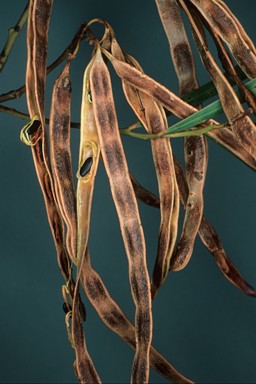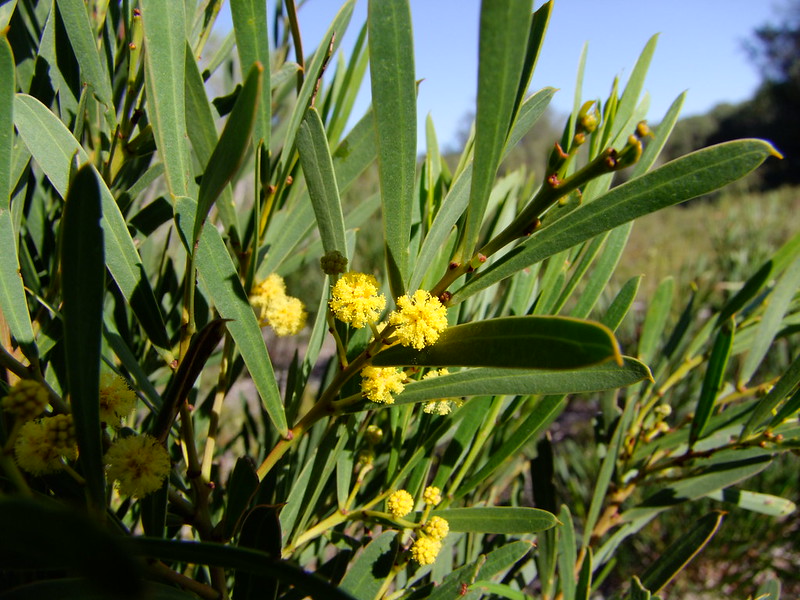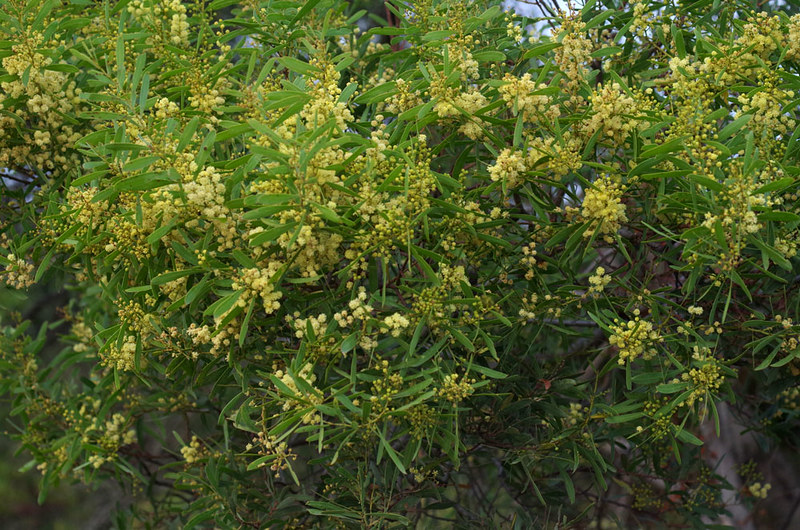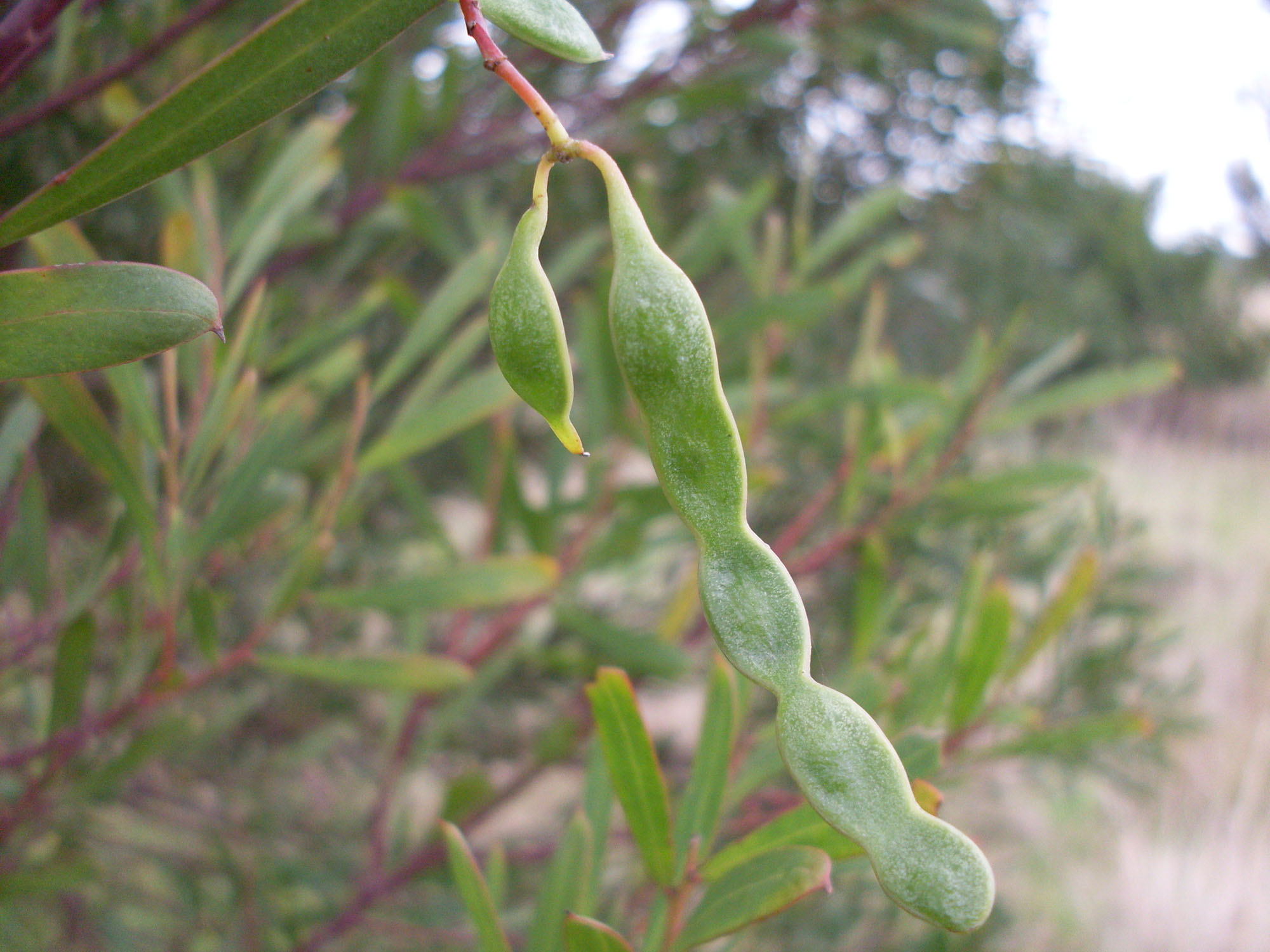Fruits/Seeds
Pods are thin, straight, 4-15cm x 6-9mm in size.
Field Guide
Improve your identification skills. Download your Coast Wirilda field guide here!

This ClimateWatch indicator species is supported by the ClimateWatch in Parks program and Barwon Coast.
Bushy shrub/tree that is between 5 - 10 m in height. Bark is smooth initially becoming fissured turning grey to brown.
Reddish angular branches with flat, linear, ash-green, smooth phyllodes (flattened stems that resemble leaves) shooting off. These 'leaves' are 6 – 12 cm long and 3 – 15 mm in width with hooked tips.
Small, pale yellow with spherical heads.
Pods are thin, straight, 4-15cm x 6-9mm in size.
Improve your identification skills. Download your Coast Wirilda field guide here!

First fully open single flower
Full flowering (record all days)
End of flowering (when 95% of the flowers have faded)
No flowering
Fruits/seeds (record all days)


Closely resembles Swamp Wattle/Wirilda (Acacia provincialis) and Acacia retinodes, and previously treated as a variety of the latter which is now regarded to be endemic to the Mount Lofty Ranges in South Australia.
It may be distinguished from A. provincialis by its suckering habit, smaller phyllodes (leaves) with a distinctly uncinate (hooked) tip, and smaller flower heads.